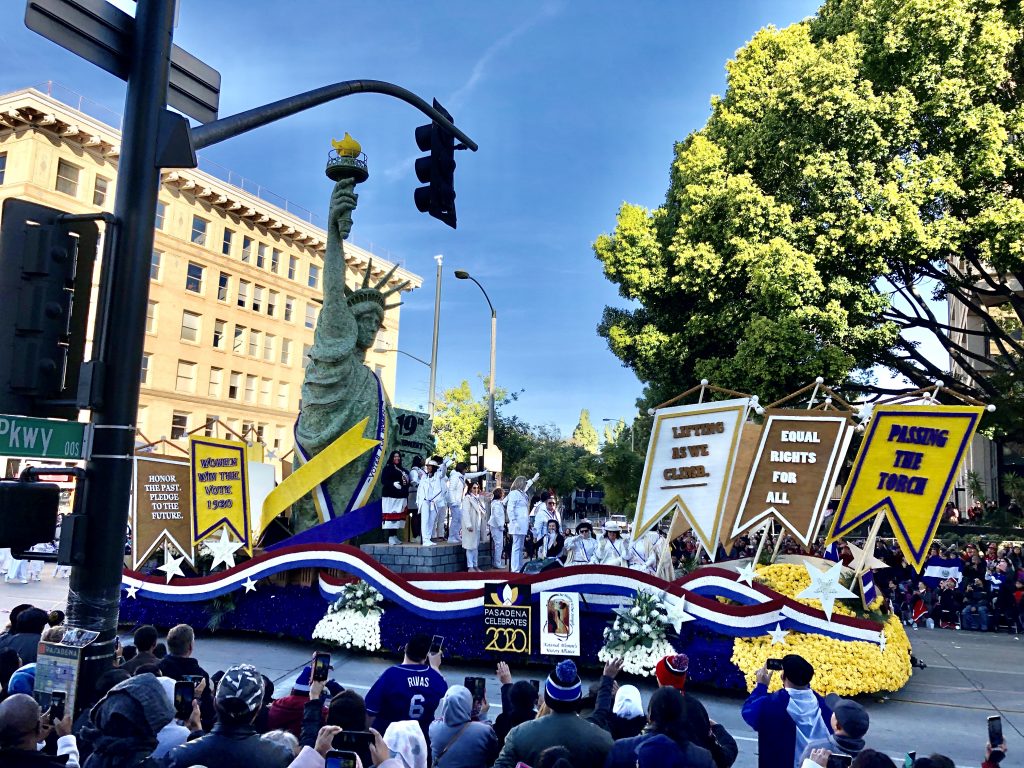
A few weeks ago I watched the Tournament of Roses parade perched atop a cold ladder set up on Colorado Blvd. in Pasadena, California. I observed several floats and entries that were thematically related to the 100thanniversary of the passage of the 19thamendment. A marching formation of women costumed in period dresses and suffragist sashes accompanied the floats. I observed the signage on the floats and in the hands of the participants: “Votes for Women” and “Women Win the Vote 1920!”
I noticed the vintage white dresses and thought, “It’s significant that they’re all wearing white, since it was only votes for WHITE women that they secured 100 years ago.”
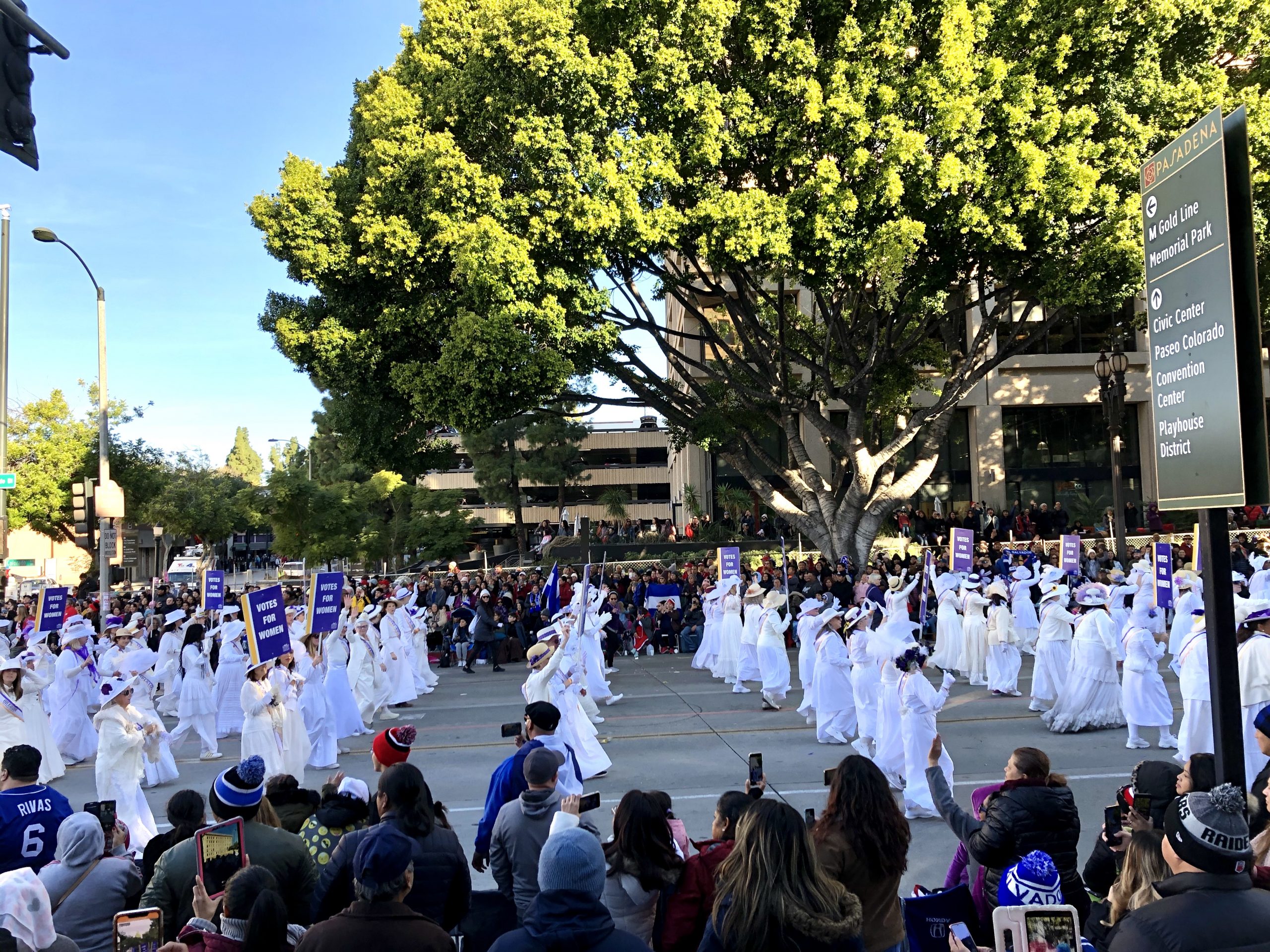
The narrative in our nation surrounding the historic passage of the 19thamendment (which was 100 years ago) is inaccurately comingled with the 100thanniversary of women voting in the United States, which won’t occur until 2065, the 100thanniversary of the Voting Rights Act, the legislation which finally granted many women of color the right to vote for the first time. White women have been voting for 100 years, but nobody seems to specify that fact in their celebratory signage.
“Votes for White Women 1920!” “White Women Win the Vote!” doesn’t seem like much to brag about, and yet, when we claim that women have been voting in this country for 100 years, we erase the disturbing truth of how Black, Native Indigenous, Latina and Asian women were excluded from voting, even after this historic amendment, and how many more decades of activist work took place before this egregious wrong was corrected.
Additionally, when Utah women or white Mormon feminists cite that Utah women were first to vote 150 years ago, without including the important detail that this was also only for white women at the time, we whitewash the fact that Black, Native, Asian and other women of color living in Utah were excluded. While it may be historic to note that many white Utah women, including early Relief Society leaders, were active in the suffragist scene many years prior to women’s suffrage gaining traction in the national stage, we must simultaneously acknowledge that it was to the exclusion of their Black and Brown sisters living in the Utah territory with them.
Some may claim that given the political climate at the time, it was the logical order of things to grant white women the vote first and then work toward racial equality, that the suffragists did the best they could for their time, or that we can’t judge people of the past by today’s standards, but I disagree with all such claims. Imagine how much sooner our Black and Brown sisters might have gotten the vote if those early suffragists had carried signs and personal convictions of “Not without my Sister!” “I’ll march as long as she has to!” “We go to the polls together or not at all!” and collectively agitated persistently until voting equality was granted to every woman and person of color in the United States!
Both of these historic examples are instructive for white Mormon feminists today. If our activist efforts to root out systemic oppressions work only for the sake of our own self-interest according to sex, to the exclusion of other intersecting oppressions (race, sexual identity and orientation, ability, age, class, etc.) we agitate only one aspect of inequality at the detriment of the others. Today’s generation of white feminists must learn from the mistakes of feminists gone by: we must know better and do better because none of us is well until all of us are well.
The attitude white Mormon feminists must adopt today to be truly inclusive and intersectional in our efforts to eradicate inequality is to stop putting our own needs and interests above the needs of other marginalized persons, and recognize the ways we are enacting the same types of oppressions on others that we despise receiving ourselves.
The enemy is not maleness, or whiteness, or straightness. The enemy is systemic oppression and the vehicles it uses to perpetuate lower statuses of power and opportunity for women, people of color, queer folk and more. In this quest for equality, a deep, multi-racial coalition of women and minority genders with male allies would be an unstoppable force. In order for that to happen, straight white women must stop buttressing the oppressive systems that harm others (like white supremacy, patriarchy, and heteronormativity.) In our pain and grievances from being on the receiving end of misogyny and patriarchy, we white MoFems are still missing the ways we erase and fail to see our own exclusionary actions toward the marginalized folks around us. When approached with the words of other marginalized voices speaking truth to their pain with power, we must all react inwardly to ask, “Lord, is it I?”
The lesson I take from my feminist fore-mothers is that banding together to get positive results for everyone will be better than leaving someone out for the sake of getting there sooner myself.
The New Era released a statement on feminism this month that includes the following paragraph: “Now, feminism can mean different things to different people. Sometimes it refers to efforts to ensure basic human rights and basic fairness for women, as well as efforts to encourage women to obtain an education, develop their talents, and serve humankind in any field they choose. Latter-day Saints support these things.”
To which I add that a gender-only approach to modern feminism is incomplete. Today’s intersectional feminism, both within Mormonism and beyond, should not just be focused on gender inequality, but in cutting off systemic oppressions at all their sources: racial inequality, income inequality, and inequalities rooted in transphobia or homophobia, plus more. I’m not just looking for a feminism that ensures basic rights, fairness and encouragement for women. Efforts toward gender equality are meaningless unless they also include efforts to erase all other oppressive systems together.
For me, intersectional feminism is an aspiration, likely not a place I can ever truly “arrive.” But I can get closer to it the more I work on it, the more I listen and learn, and the more I change old patterns of thinking and doing to reflect what I’ve learned. I invite feedback from others on what I lack in the process.
_______________________________________________________
Suggestions for how white Mormon feminists can approach intersectionality
- Individually and collectively agitate for repentance and apologies for the racist priesthood and temple ban for members of African descent and the homophobic policy of exclusion for LGBT+ members, and their accompanying folk-doctrine rationales, both from individuals and the church institution at large.
- Lean in and listen to the critiques of women of color and queer folks regarding our own words and actions without getting defensive, combative, dismissive or pouty. Do not silence or block the marginalized voices that point out how you’re wrong. Take the criticism inward and reflect how you can do better.
- Pick up where our feminist foremothers left off and expand the scope of who is helped by our activism.
- Talk about and view compounding oppression together as the same villain, not as separate entities. It’s not just patriarchy that holds women back, it’s the combined ideals of cis-white-heteropatriarchy that are to blame for hurting many. Be as quick to identify and condemn other forms of oppression (white supremacy, heteronormativity) as we are of patriarchy.
- Invest time into self-reflection and learn to identify ways we harbor biases. Work to heal those deficiencies in ourselves.
- Which groups were you born into? White, straight, cis, able-bodied, neurotypical, upper-class? Those are good starting places to examine where you may hold biases or may be unfamiliar with the perspectives of others.
- Listen to and follow people who are sharing from intersections other than your own with the intention to learn and do better. When you discover a new way to be better, amplify the words of those who showed you and share with others.
Please feel free to share your suggestions in the comments of who to follow on their various platforms.


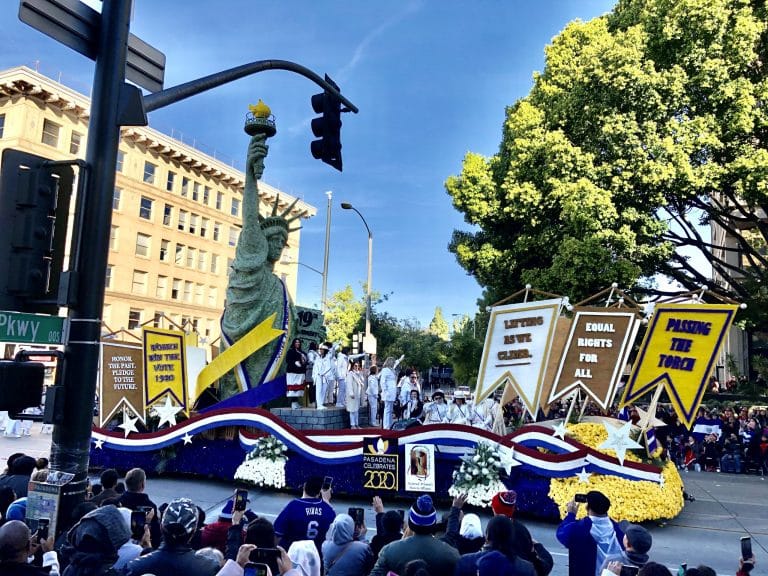
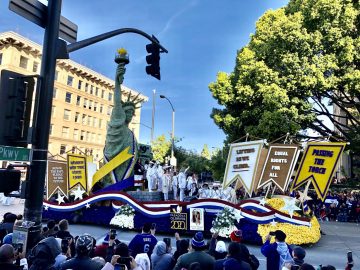
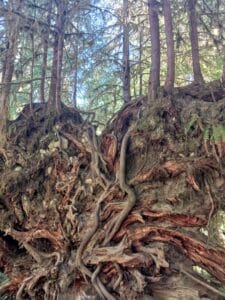
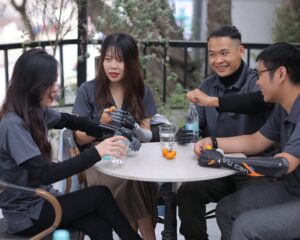
5 Responses
Within Mormonism, try following Sistas in Zion on FB, Twitter and IG. Individually follow Zandra Vranes & Tamu Smith.
Michelle Franzoni Thorley is on FB and IG as Flora Familiar and writes about ancestral healing for mixed-race individuals.
LaShawn Williams is on FB
Blaire Ostler is on FB and Twitter and writes about her perspective as a queer Mormon woman.
Layla F Saad is the author of ‘Me and White Supremacy” and hosts The Good Ancestor podcast. Follow her on IG.
Ally Henny is on FB, IG and twitter and shares commentary about race and racism.
Robin DiAngelo does important scholarship on white fragility and her work is available on youtube and print copies of her books.
Great article, good timing! The annual LDS Black Legacy Conference organized by some of our black sisters is coming up mid February at the Washington, DC temple visitors center. I’ve been able to attend the last couple of years and found it to be a very valuable experience. I can’t recommend it more highly. Last year they live cast it on FB. Check it out! https://m.facebook.com/events/533860617215134
Thank you
I am enjoying the podcast “Beyond the Block.” Hosts are male, one black and straight, one white and gay. They are discussing the scriptures on the same schedule as the Come Follow Me manual but from more of a social justice lens.
While not related to voting rights, but rather the faulty narratives about skin color, race and Native ancestry many still hold and speak about in church contexts, Sara’s perspectives about “Lamanites” and BoM peoples is incredibly important to share with classes and members studying the BoM. Her critiques of racist teachings still present in printed church curriculum are spot on. https://lamanitetruth.com